Falkland Islands/Cape Horn
The day before yesterday, we were scheduled to visit Stanley (a.k.a Port Stanley) the capital of the Falkland Islands. However, this is a tender port, and the winds were 40 knots, so we were unable to get off of the boat.
The Falkland Islands are a remote South Atlantic archipelago. After much dispute, its ~3,800 residents (known as “kelpers”) are British citizens, and the currency is Euros.
The islands occupy ~4,700 square miles. Although the human population is somewhat low, the islands are home to over half-a million sheep. (Don’t worry. I don’t have any baaaad jokes to insert here…)
Port Stanley is the eastern-most island and is the only real town in the Falklands. Its ports were critical in the early days of whaling, and the British operated a naval base here during World War II.
It has a colorful village, and many colonies of penguins call the island home.
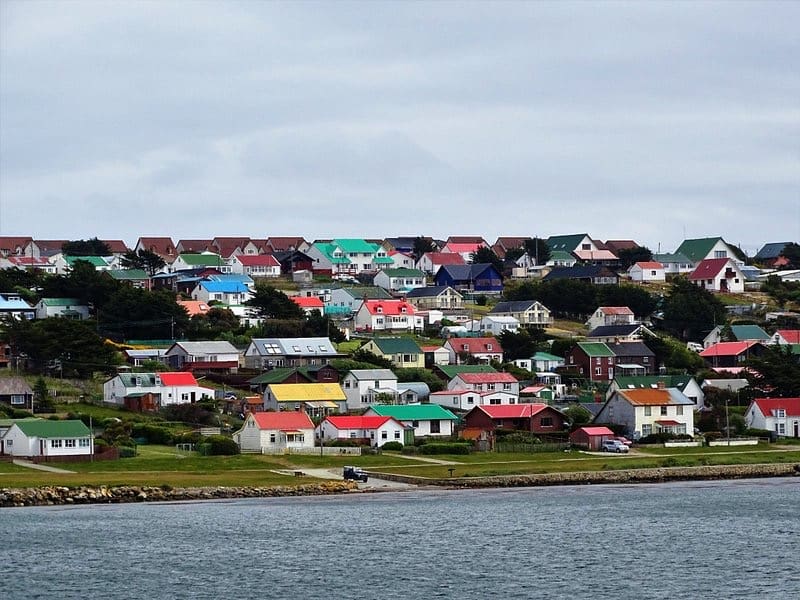
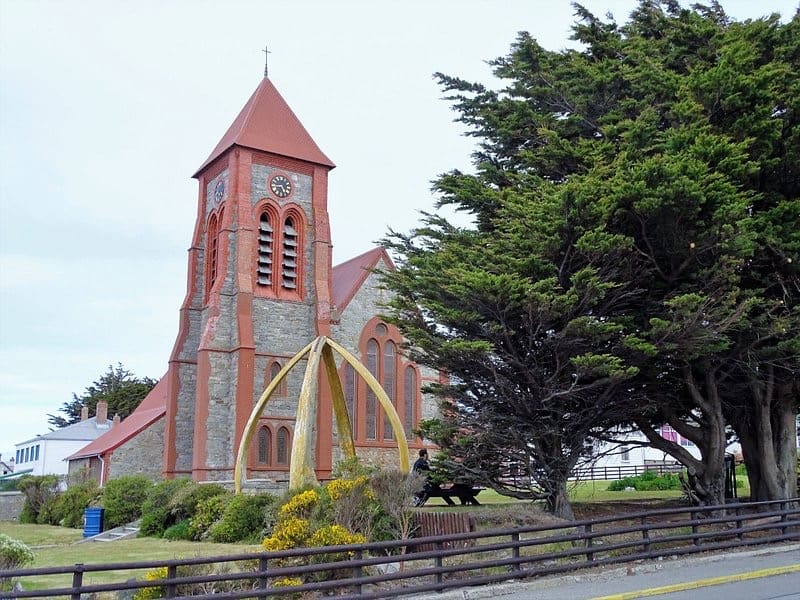
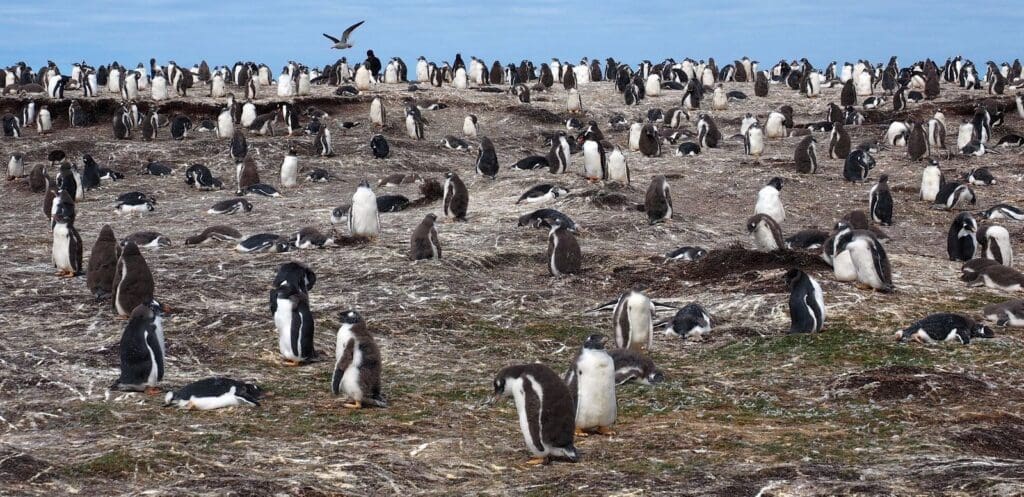
Needless to say, we were super disappointed to not being able to visit. But safety first, and one must be flexible while cruising through life, one port at a time…
Cape Horn
Today, after our final (uneventful, one-and-a-half day) pass through the Drake Passage, we rounded Cape Horn.
To celebrate getting through the Drake Passage three times in the last week, we started the day with a special brunch. Periodically, Royal Caribbean offers A Taste of Royal, a four-coarse meal featuring popular dishes from their specialty restaurants onboard their larger ships. Yummo! (Sorry I didn’t take more pictures. I got carried away eating…)
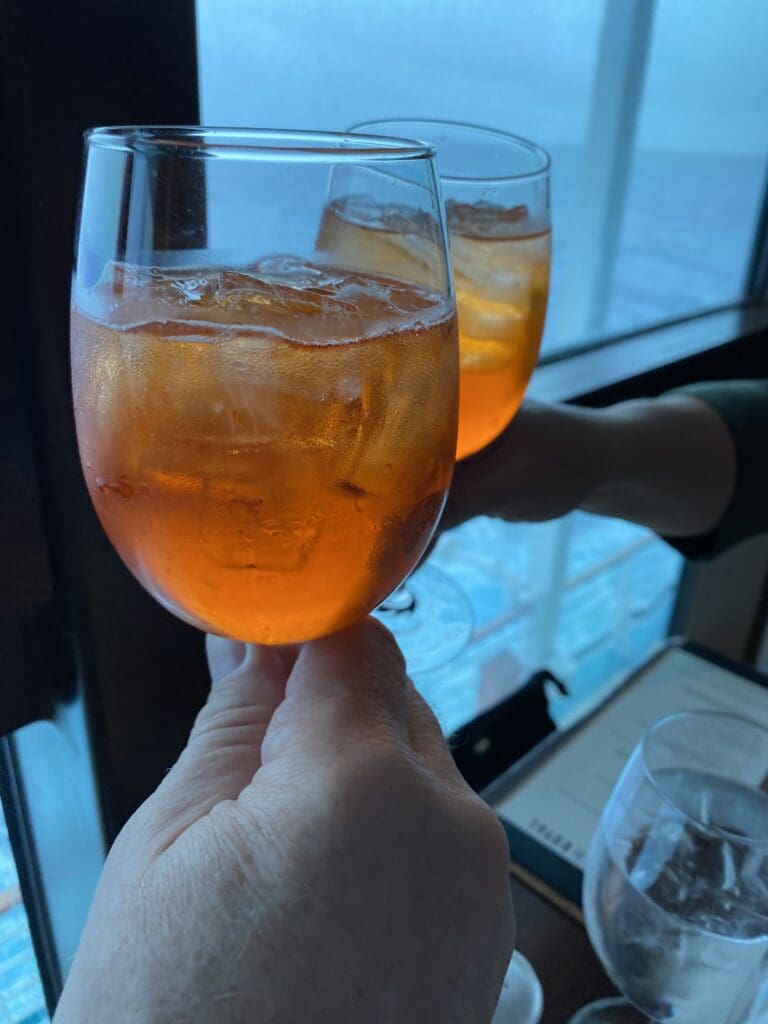
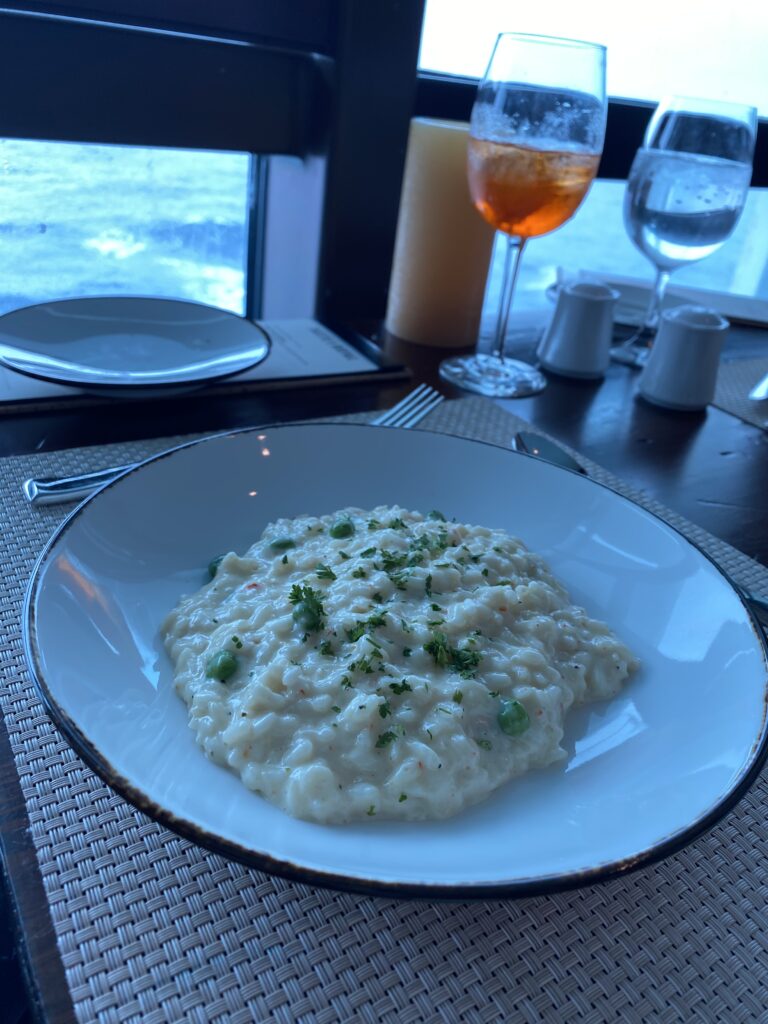
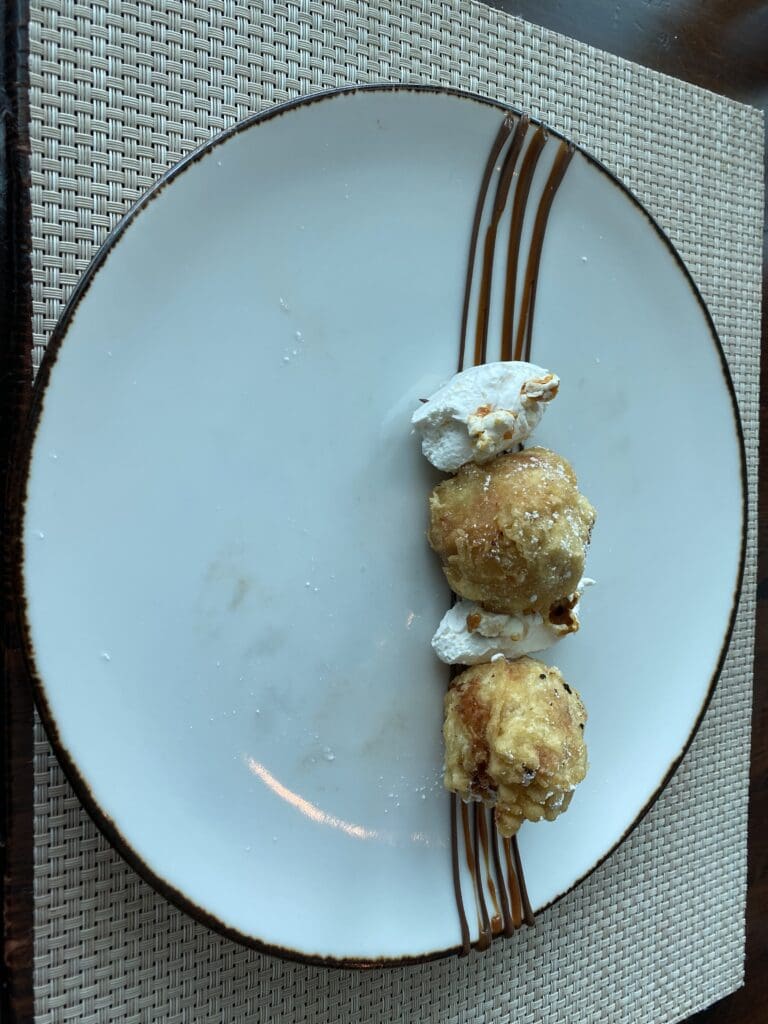
Afterwards, we rounded the cape. Due to the dangerous Drake Passage seas, rounding Cape Horn is said to be the nautical equivalent of reaching Mount Everest’s summit. It was one the (Americas) primary shipping hub for several centuries. The (1616) discovery of Cape Horn significantly impacted world trade. Ships no longer had to pass through the Strait of Magellan and its difficult and contentiously controlled waterways. However, the opening of the Panama Canal in 1914 greatly reduced the need for ships to round Cape Horn. The last ship that used Cape Horn to transport cargo was in 1949.
Cape Horn consist of a wave-battered rocky outcropping, and a little island with basically a light house, a church, a communications tower, as well as a staircase leading from a rocky Zodiac dock to a giant monument.
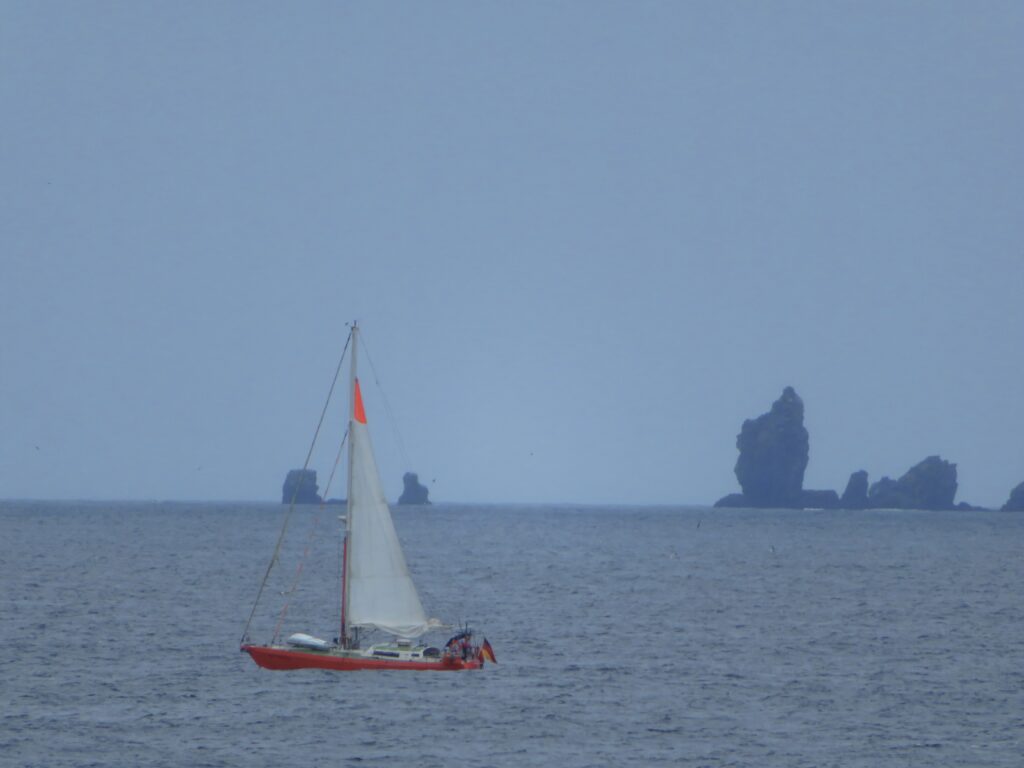
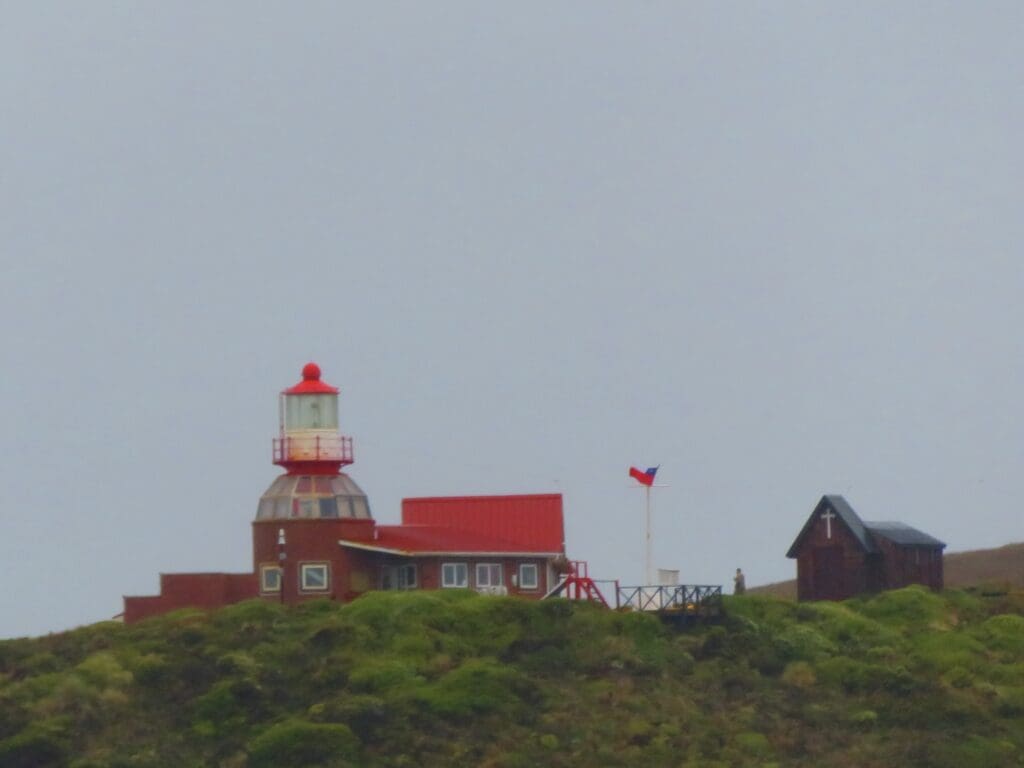
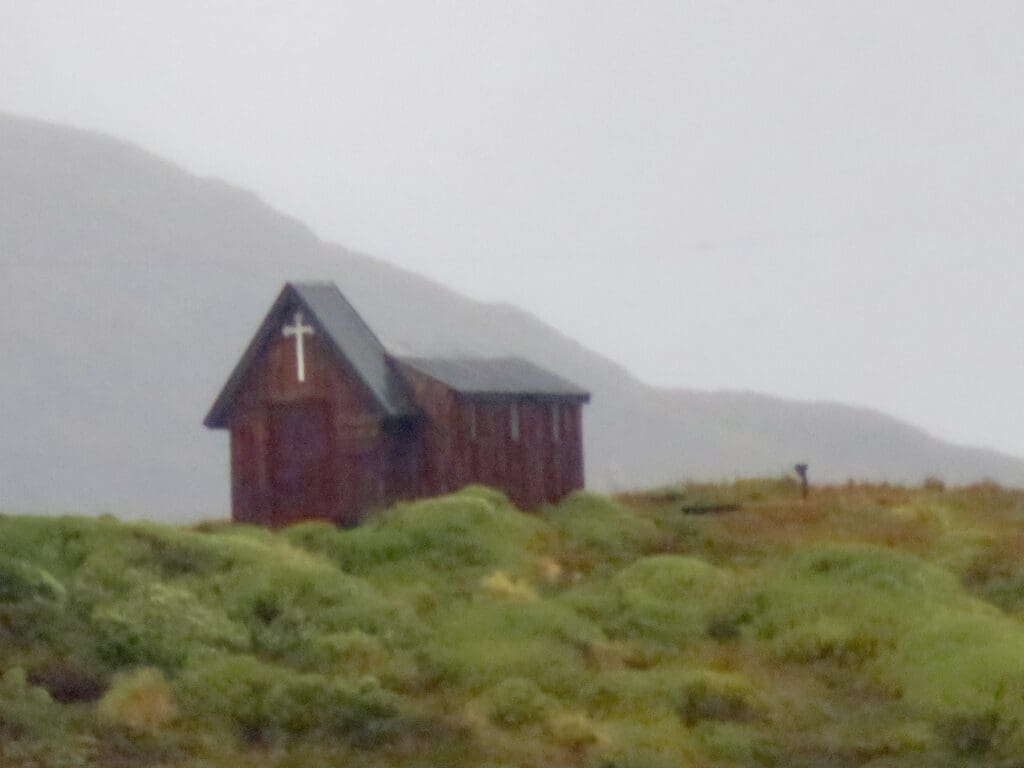
The Chilean monument is dedicated to the ten-thousand sailors who have lost their lives “rounding the cape” and crossing the Drake Passage. The monument stands 24 feet high and depicts an albatrosses in flight, “the seafaring symbol for souls lost at sea”.
The statue has a plaque with a nice poem, which the captain read over the ship’s speaker system as we passed.
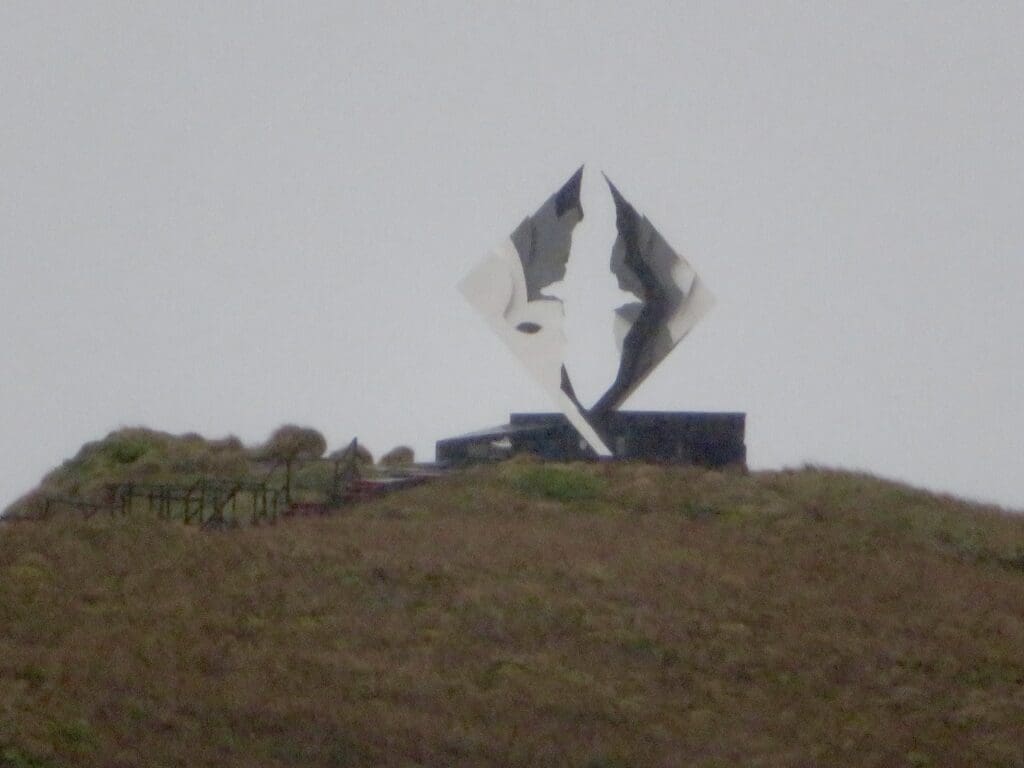
Many, many albatross call this area home. They have a 12 foot wingspan, the largest of any bird in the world. While they possess unbelievable flying skills, their poor taking off and landing skill are hilarious. The coolest thing about an albatross is that they can glide for miles without ever flapping their wings.
Also, Karen saw a Sea Snake today. Eeek!
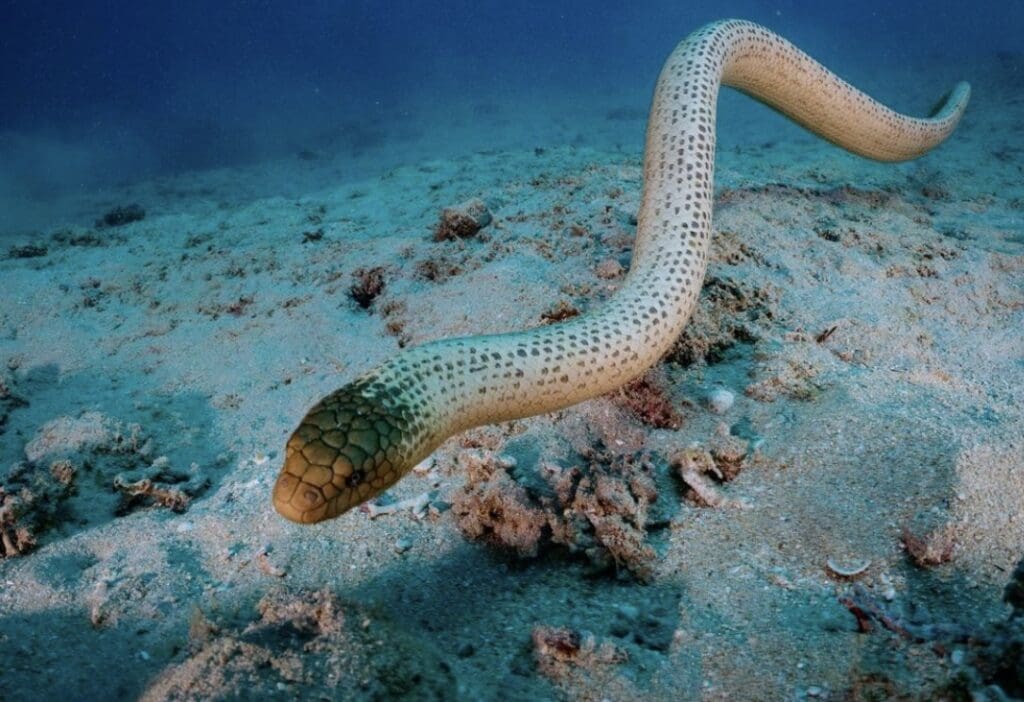
A Chilean Military “Pilot” ship met us near the cape, where a pilot officer boarded our ship, and will stay onboard until we leave Chile. The pilot officer has extreme knowledge of the local waterways. (While they are all on the bridge together) the pilot officer basically tells the captain where to maneuver the ship. The captain relays the commands to his helmsman, who executes the maneuver, then replies to the captain confirming the maneuver has been taken, whereby the captain repeats the maneuver taken to the pilot officer. This is a common practice and is very formal. (Kind of reminds me of when my passenger use to hold my dash-mounted GPS, and repeated everything the GPS said…) Anyway, apparently while the captain remains in command of the ship, the pilot officer is his boss while he is onboard.
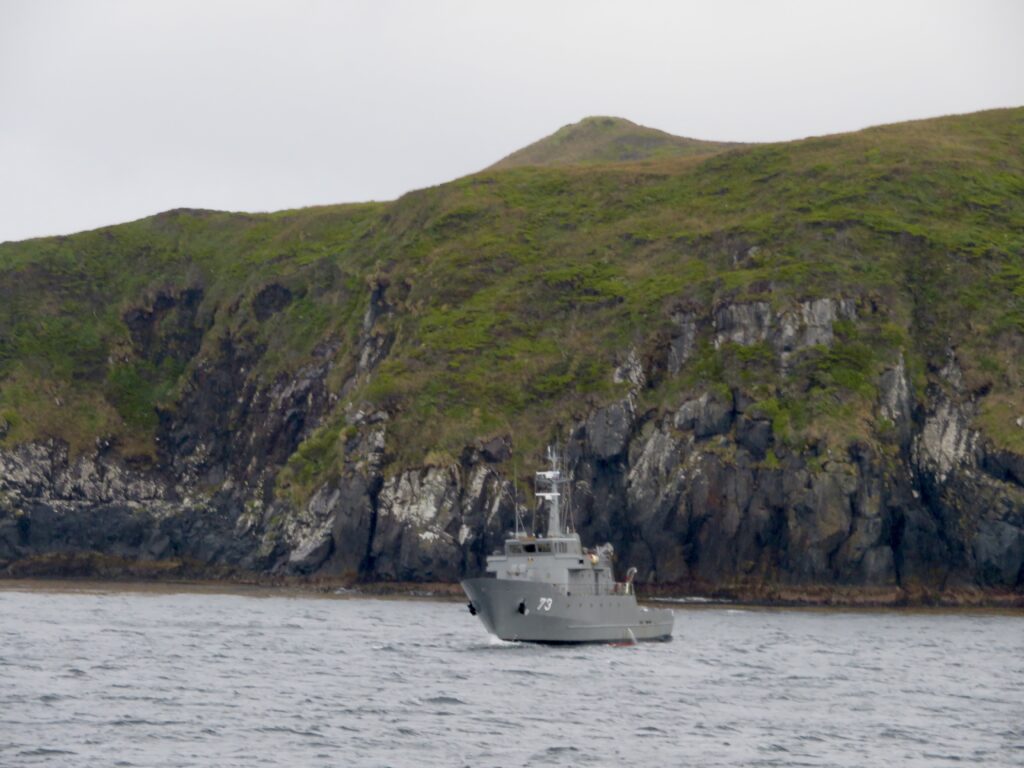
On another note, I’ve been hoping to see the Southern Cross in the night sky for several nights, but the weather hasn’t cooperated. (Not getting dark until 10:30 isn’t helping either.) Will try again for the next few nights before we get too far north again…
Next stop, Ushuaia.
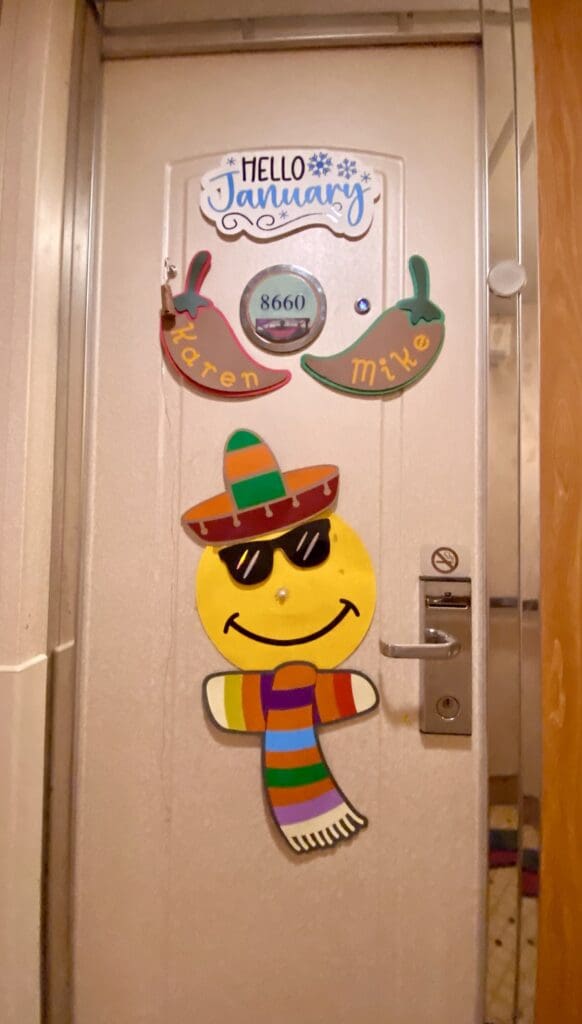
Smooth sailing amigos. Thank you for your interest in our adventures.
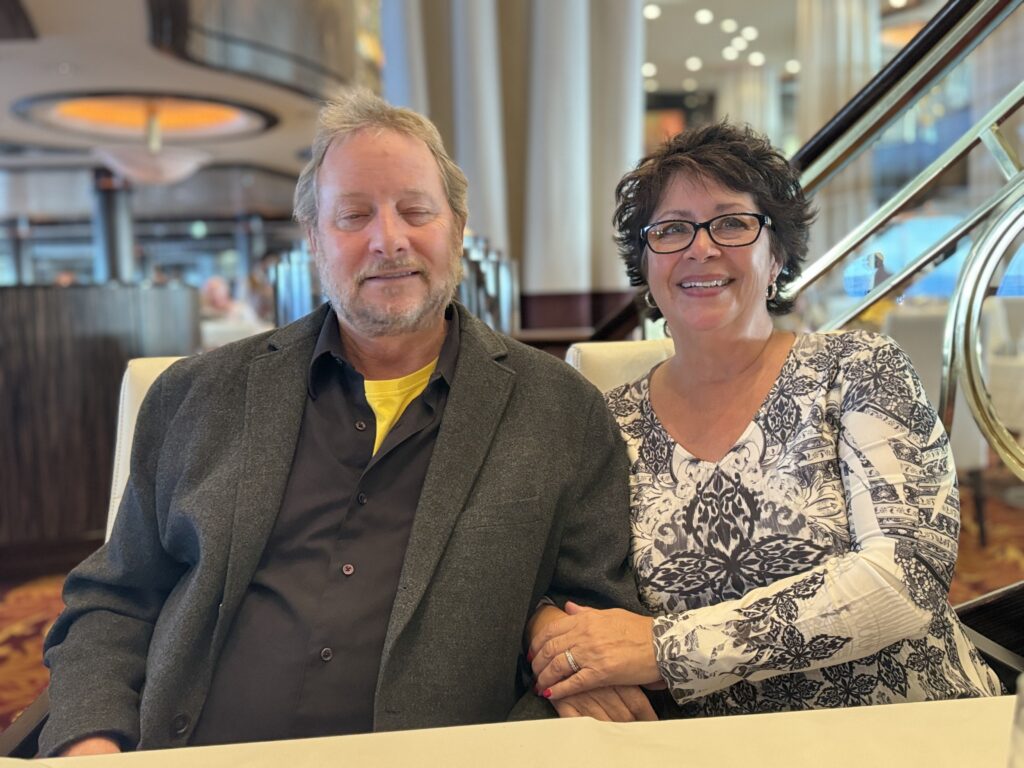

Recent Comments